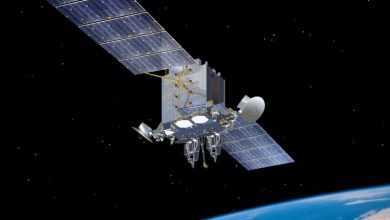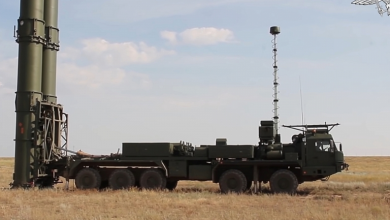New CapLink Array Targets Radar, Space Comms, and Missile Defense in One System

Florida-based Assured Space Access Technologies is rolling out the CapLink Array, a next-generation phased array antenna built to do more than one job at once.
Instead of separate systems for radar, space communications, and missile defense, the new design leans on a proprietary capacitive dipole element that delivers wide bandwidth, high gain, and broad fields of view.
In practice, that means faster and more accurate detection and tracking of multiple threats, while still supporting high-speed data links up to 3.5 gigabytes per second.
For space applications, the CapLink Array integrates transponders and polarization diversity, with room for even higher data rates when paired with advanced ground systems.

“This technology represents a major step forward for both defense and commercial space operations,” said Sean McDaniel, CEO of Assured Space.
“By combining advanced engineering with flexible design, CapLink Array delivers unmatched versatility and reliability to missions that demand precision, speed, and resilience.”
Mission Flexibility and Integration
The CapLink Array is built to slot into existing command-and-control systems through software-defined radios, enabling it to handle a wide range of missions.
On the defense side, the system provides real-time threat detection and tracking support for missile defense radars in contested environments.
It also enables wide-area surveillance, high-resolution surface mapping, and precision targeting of ballistic and hypersonic threats.
In space, the antenna extends to situational awareness by monitoring satellites, orbital debris, and potential space-based threats. It also reportedly delivers reliable, high-speed satellite communications for military forces.
The launch coincides with the company’s investment in its Phased Array Center of Excellence in Florida, a facility dedicated to manufacturing, testing, and advancing phased array technology, radio frequency antenna systems, and secure 5G architectures.





